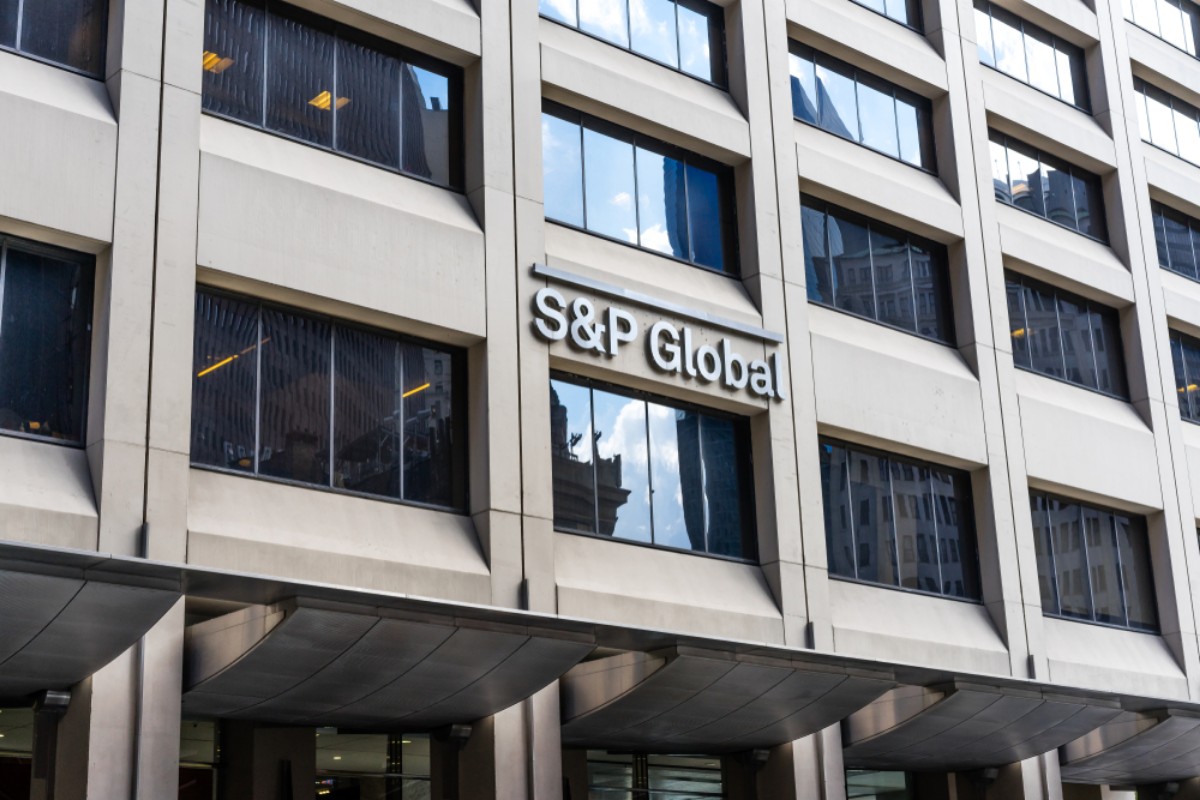At the beginning of February, the Accounting and Auditing Organization for Islamic Financial Institutions (AAOIFI) held several public hearings on Sharia Standard 62. In S&P Global Ratings’ view, this standard will shape the future of the sukuk market.
The AAOIFI has reiterated that the purpose of this standard is to standardize and harmonize the requirements for sukuk issuances, particularly in jurisdictions where regulators have adopted the AAOIFI’s Sharia standards.
What is AAOIFI Standard 62?
The AAOIFI issues guidance and authorities in relation to Islamic finance instruments such as sukuk. The current sukuk guidance, last updated in 2003, defines Sukuk as “certificates of equal value representing undivided shares in ownership of tangible assets, usufruct and services or (in the ownership of) the assets of particular projects or special investment activity.
However, AAOIFI released a sukuk exposure draft in early November 2023 in response to a rapid increase in the use of sukuk and the development of the market in the past decade.
A key change in the Sharia Standard 62 draft is that it requires an actual transfer of legal ownership of the underlying sukuk assets, and related risks, to sukuk holders, who would have recourse to these assets, among other areas.
The draft also clarifies that economic benefits such as rental income or other returns would not be sufficient assets for an Ijara sukuk structure.
Despite S&P projecting additional risks resulting from the new standard, it expects global sukuk issuance to reach about $190 billion to $200 billion in 2025, with foreign currency-denominated issuance contributing $70 billion to $80 billion.
In a recent report, S&P noted that total sukuk issuance amounted to $193.4 billion at year-end 2024, slightly down from $197.8 billion a year earlier but with a significant increase in foreign currency-denominated issuance.
AAOIFI to approve standard in 2025
The AAOIFI will likely give issuers more time to implement Sharia Standard 62. In its public hearing over the weekend, the AAOIFI mentioned that it is likely to approve Standard 62 in 2025 and that issuers will likely have between one and three years to implement the new requirements, depending on the final decision.
The AAOIFI also mentioned that the retroactive application of the standard to existing sukuk is unlikely.
“We have previously commented that a retroactive application might be challenging. Changes to legal documents are generally subject to investors’ consent, and, in our view, sukuk issuers are unlikely to obtain this consent if investors believe that they will be exposed to higher risks,” said S&P Global.
In addition, S&P Global considers that sukuk issuers that are already under financial strain may use the adoption of Standard 62 as a reason to trigger the restructuring of their sukuk by declaring that they are not aligned with the new requirements.
“However, this risk should be mitigated by the fact that the sukuk’s legal documents generally have clauses that are designed to prevent the issuer from reneging on its contractual obligations on the basis of noncompliance with Sharia law. Therefore, depending on the standard’s final content, we do not expect a significant number of sukuk restructurings when the standard is adopted,” added that rating agency.
How will the new standard impact the sukuk market?
Depending on the final timeline that the AAOIFI gives the market, Sharia Standard 62 could give sukuk structurers more time to develop structures that strike a balance between complying with the new requirements and making the sukuk attractive to fixed-income investors, if this is still possible.
It is not yet clear whether the standard will have major changes compared to the current draft. The AAOIFI mentioned in the public hearings that some previous sovereign sukuk used the usufruct as the underlying assets. This could mitigate the difficulty of registering such assets.
At the same time, if the assets are registered to the investors and the investors pay the registration fee, the sukuk may ultimately be seen as an asset-management product, whereby the sponsor acts as an originator and asset manager rather than as an obligor.
“This could expose investors to the sponsors’ fiduciary risk rather than their credit risk and may cause sukuk to morph away from being fixed-income instruments,” S&P noted.
Read: M&A market set for a comeback in 2025 as headwinds ease, says Bain & Company
Sharia Standard 62 to add new risks
The adoption of Sharia Standard 62 could cause a decline in sukuk issuance. If adopted as proposed, it will likely result in the sukuk market shifting away from structures in which the sukuk sponsors’ contractual obligations underpin their repayments, to structures in which the underlying assets have a more prominent role.
Although issuers will have more time to adjust to the new requirements, investors will likely face new risks relating to asset performance and value.
“We continue to believe that if the standard is adopted as proposed, some investors and issuers may choose alternatives to the sukuk market, as issuing sukuk might become more onerous from a risk/reward perspective. This could also encourage some adopters to transition away from the standards if their ability to tap the capital markets is significantly restricted,” S&P said.








